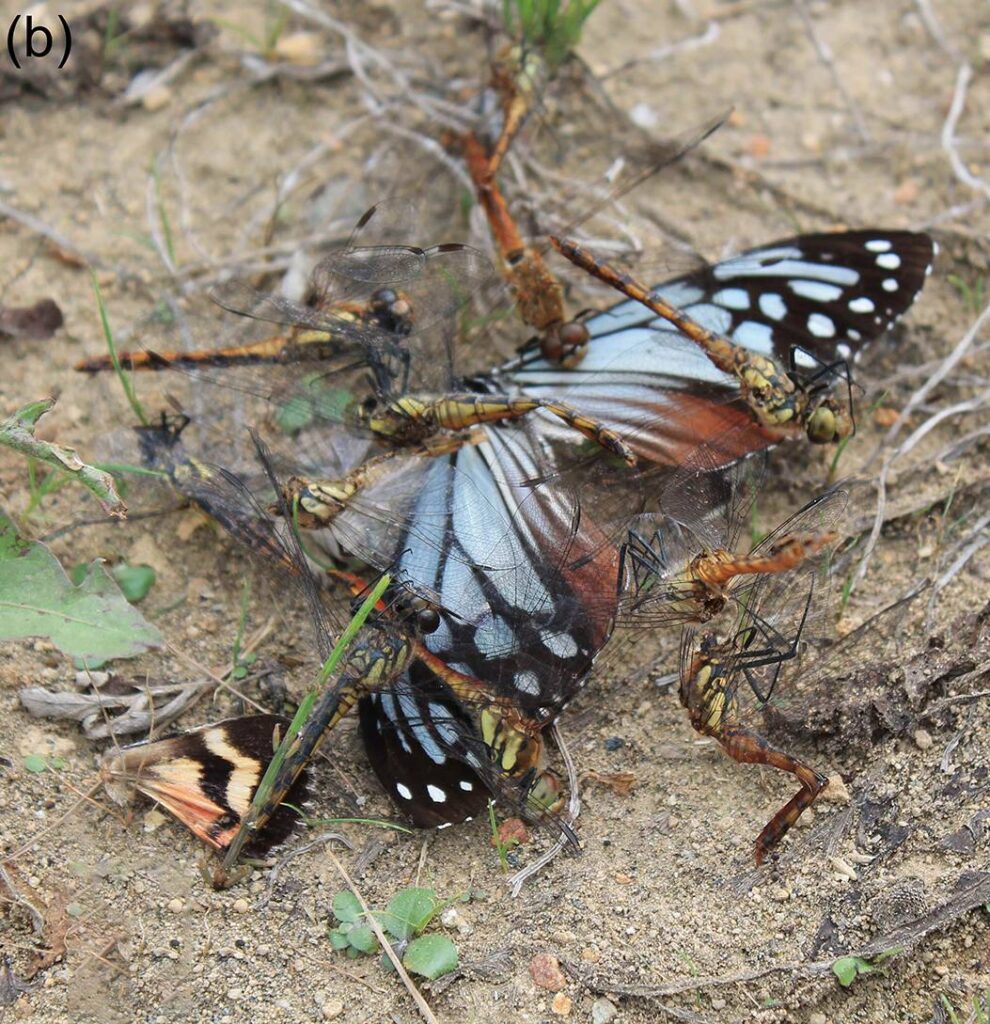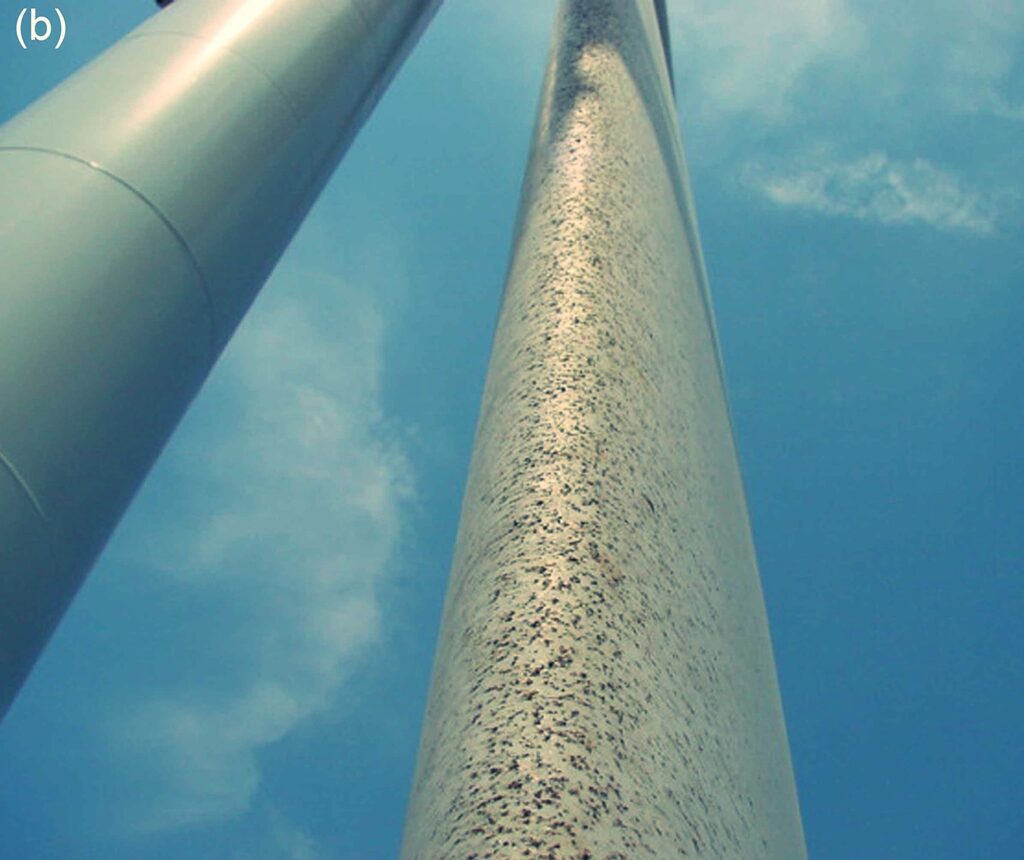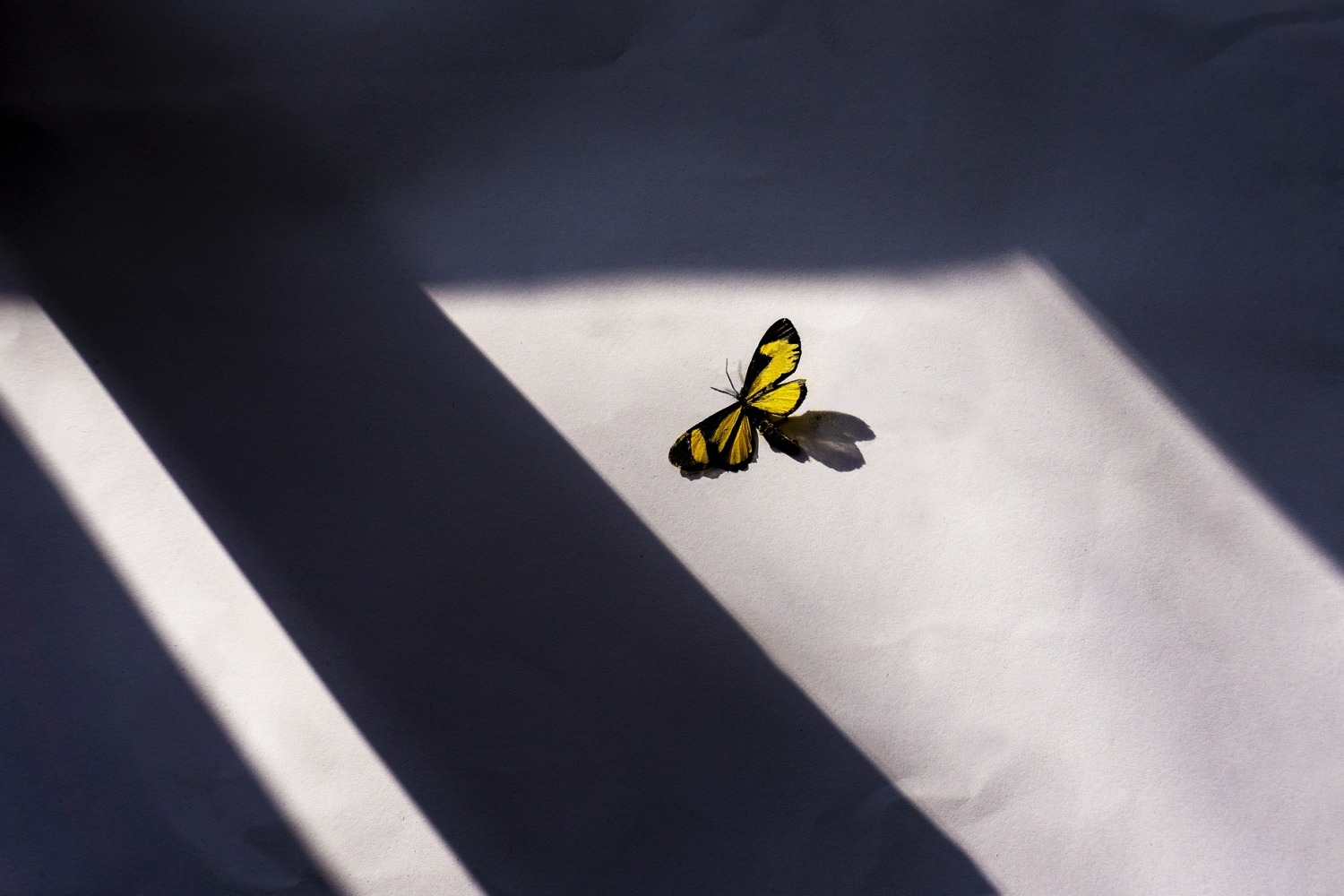It seems there is no part of nature left unscathed by industrial wind factories — from humans, to animals, to migratory birds, to bats, to soil — even earthworms are being dramatically impacted.

It’s no surprise, then, that insects are also being decimated by wind turbines, according to recent studies. And that’s bad news for an already declining insect population. According to Biological Conservation, 40% of all insect species are declining globally and a third of them are endangered.1 So the global push to expand industrial wind factories as fast as possible is continuing to pose a grave danger to numerous species and the sensitive balance of ecosystems.
Current observations suggest that mostly hill-topping, swarming, and migrating insects interact with wind turbines. Recently, the annual loss of insect biomass at wind turbines was estimated for Germany to amount 1,200 t for the plant growth period, which equates to about 1.2 trillion killed insects per year, assuming 1 mg insect body mass. Accordingly, a single turbine located in the temperate zone might kill about 40 million insects per year.
“Insect fatalities at wind turbines as biodiversity sinks”, Christian Voight, January 26, 2021; Conservation and Science Practice journal
What does that do to bat and bird populations that rely on those insects? Even pro-renewable energy sites such as Energy 5 are beginning to acknowledge the serious problems that wind turbines pose.
One of the key concerns revolves around the direct collision of insects with the rotating blades of the turbines. A study conducted by Seitz et al. (2020) found that wind turbines can cause significant mortality among flying insects, particularly nocturnal species. The impact of such collisions can be harmful to ecosystem balance, as insects play a vital role in various ecological processes, including pollination and natural pest control.
“The Effect of Wind Turbines on Insect Populations A Comparative Analysis”, January 18, 2024; energy5.com

They note that wind turbines can create turbulence and changes in air pressure, which may affect insects’ ability to navigate. “Some studies suggest that the altered airflows caused by wind turbines can disrupt the migratory patterns of insects, leading to population decline or local extinction.”2
Bees, butterflies, dragon flies and other species are among the types of insects impacted by wind turbines. In the 1990s, the wind industry claimed its turbine blades were too high to threaten flying insects and that insects flew too slowly to be impacted, writes the Institute for Energy Research (IER).3 “Since then, it has been found that insects cluster at the same altitudes used by wind turbines. Scientists in Oklahoma found that the highest density of insects is between 150 to 250 meters, which overlaps with large turbine blades that stretch from 60 to 220 meters above the ground.”
Turbines planned in several locations in Alberta would rise above 200m.4
Moreover, one study found that the build-up of dead insects on wind turbine blades can reduce the electricity they generate by 50 percent.5
IER concludes, “Wind developers and operators should not be given a free rein to kill birds, bats, and insects and to disrupt the ecosystem. They should be held accountable for these deaths and be fined as any other industry.” We think that industrial wind factories should be stopped altogether. How can we claim to be “saving the planet” while destroying it on a mass scale?
- cf. “Worldwide decline of the entomofauna: A review of its drivers”, 2019, sciencedirect.com[↩]
- “The Effect of Wind Turbines on Insect Populations A Comparative Analysis”, January 18, 2024; energy5.com[↩]
- July 19, 2019; instituteforenergyresearch.org[↩]
- cf. How Big?[↩]
- “Interference of Flying Insects and Wind Parks“, Trieb et. al. 2018[↩]
Mark Mallett is a former award-winning reporter with CTV Edmonton and an independent researcher and author. His family homesteaded between Vermilion and Cold Lake, Alberta, and now resides in the Lakeland region. Mark is Editor in Chief of Wind Concerns.



According to Biological Conservation, 40% of all insect species are declining globally and a third of them are endangered. Why is this?